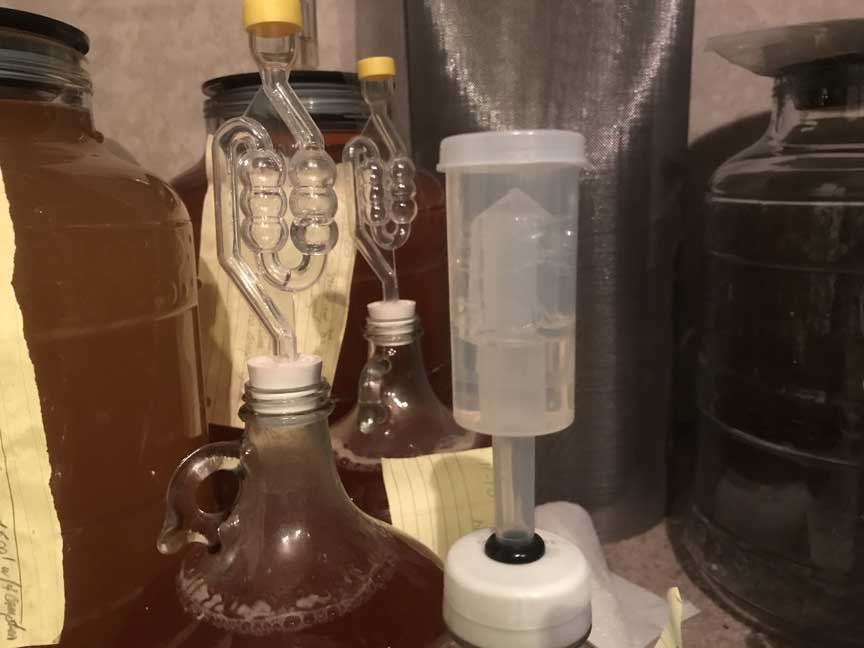NCBDET
Member
Hello!
Please could i have some starter advice for making Cider for the first time.
I have purchased 2 demijohns, cheesecloth, campden tablets, champagne cider years and i have a bunch of apples as photographed.
I am not sure how many apples i need to fill 2 demijohns.
I don't have a press or a juicer.
Would i chop up and simmer for a few hours then mash up and strain or something?
Really appreciate your help.
Thanks
Nick
Please could i have some starter advice for making Cider for the first time.
I have purchased 2 demijohns, cheesecloth, campden tablets, champagne cider years and i have a bunch of apples as photographed.
I am not sure how many apples i need to fill 2 demijohns.
I don't have a press or a juicer.
Would i chop up and simmer for a few hours then mash up and strain or something?
Really appreciate your help.
Thanks
Nick




















































![Craft A Brew - Safale S-04 Dry Yeast - Fermentis - English Ale Dry Yeast - For English and American Ales and Hard Apple Ciders - Ingredients for Home Brewing - Beer Making Supplies - [1 Pack]](https://m.media-amazon.com/images/I/41fVGNh6JfL._SL500_.jpg)









